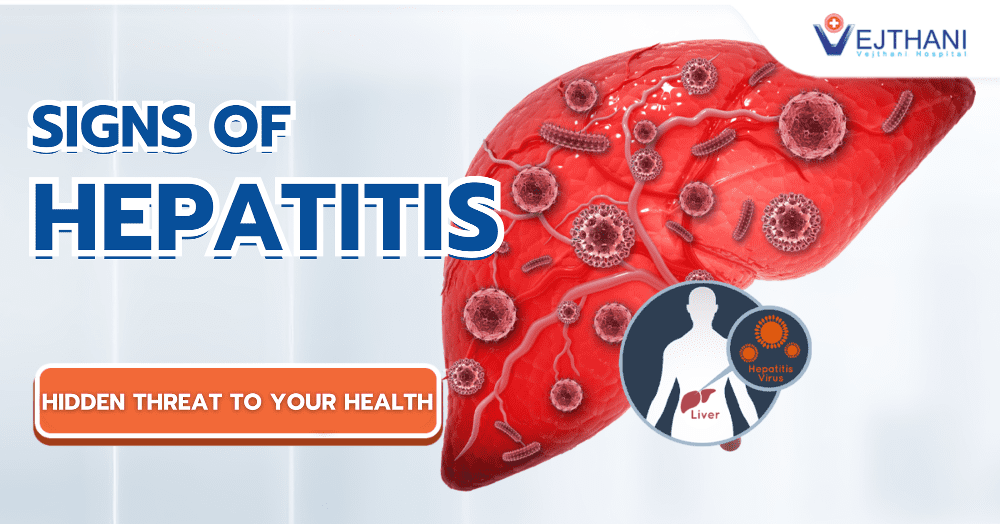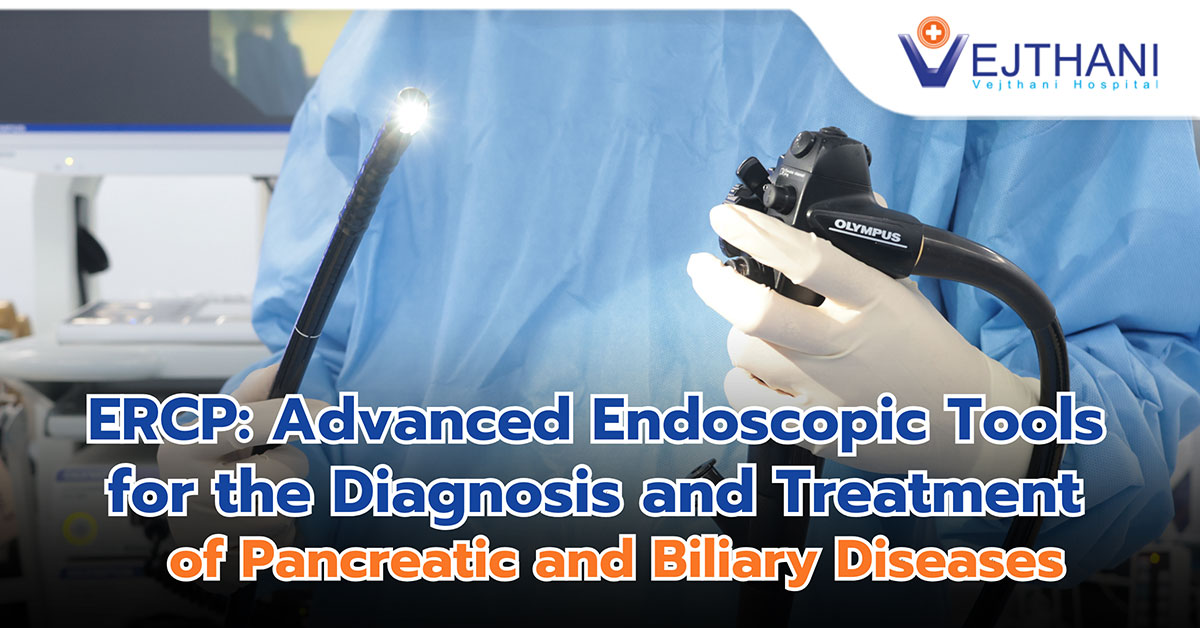Skip to content
Health Articles
Stents
What is a Stent?
- Stents are tiny mesh-like tubes made from stainless steel. They are placed permanently inside an artery (blood vessel) to hold it open after a balloon angioplasty (PTCA).
- The actual procedure for placement of the stent is the same as an angioplasty with the addition of the stent placement.
Why is a Stent Used?
- A stent may be used to keep an artery open that has closed or partially closed after a previous angioplasty (ies) to improve the flow of blood.
- In some cases, stents are used when blocked bypass vein grafts are opened through angioplasty.
How is a Stent Placed?
- First, an angioplasty is done to open the blockage in the area.
- After the artery is opened, a catheter, which has a stent over a deflated balloon on the tip, is reinserted into the artery up to the area previously opened by angioplasty.
- Once in place, the balloon is inflated, expanding the stent and pressing it against the artery wall.
- The balloon is deflated and the catheter and balloon are removed, but the stent remains expanded and in place to help keep the narrowed portion open after angioplasty.
- The stent will remain in the artery permanently.
- The artery will heal around the stent.
- The procedure lasts for one to two hours.
What Symptoms May Be Experienced During the Procedure?
- A slight burning or stinging from the medicine used to numb the catheter insertion site
- A slight discomfort or pressure as the catheter is being inserted
- Slight nausea and/or extra heartbeats
- Chest pain may occur as the balloon catheter is being inflated, but it is temporary
What happens after the procedure is completed?
- After X-rays are taken, the balloon and catheter are removed.
- The sheath (IV) is usually left in place in the leg overnight until the blood thinning medications are discontinued and clotting time returns to normal.
- A band aid or pressure dressing will be placed over the area where the catheter was inserted.
- The patient will be admitted to a special cardiac care unit (CCU) to be closely observed.
- When the sheath is removed from the groin, (usually the following day), firm pressure is applied to the sheath insertion site for 15-30 minutes until the bleeding stops.
- If an artery in the arm is used, pressure will be applied over sheath insertion site for 15-30 minutes.
- The insertion site will be checked frequently for signs of bleeding.
- Blood pressure and the pulse in the leg (or arm) used will be checked frequently.
- A knot under the skin where the catheter was inserted may occur. This is only temporary.
- Bruising to the leg/groin area may occur where the catheter was inserted. The bruising may spread down the leg and is only temporary.
- Most patients are discharged in eight hours with minimal activity restrictions.
What Precautions Should Be Observed Following the Procedure?
- Avoid bending the leg at the hip (groin area) for six to eight hours after the catheter is removed.
- Hold the band aid firmly if it is necessary to cough or sneeze.
- Avoid bending or using the arm for six to eight hours if it was used for the insertion of the catheter.
























